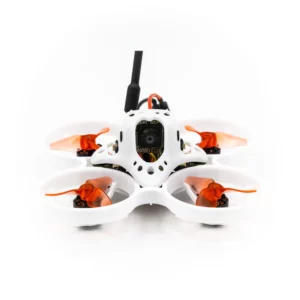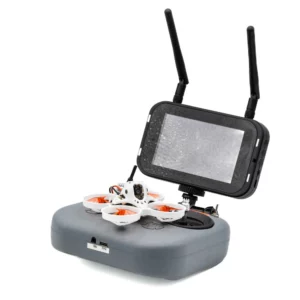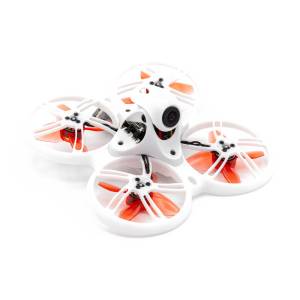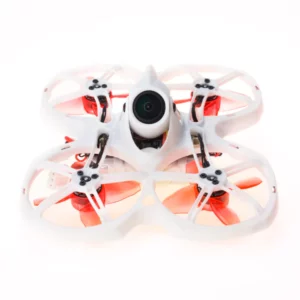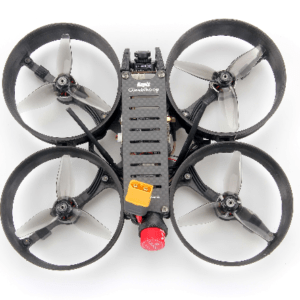Analog FPV drones are popular among hobbyists and professionals alike because they offer a more immersive flying experience compared to drones that rely on a phone or tablet for the video feed. The latency (delay) of the video feed is also generally lower with analog transmission, which can be important for precise flying and racing.
There are a few different analog video transmission standards that are commonly used in FPV drones, including NTSC, PAL, and FPV systems based on the 5.8 GHz frequency band. Each of these standards has its own advantages and disadvantages, and the best choice for a particular drone will depend on factors such as the range and quality of the video transmission and the legal requirements for drone operation in a particular location.

